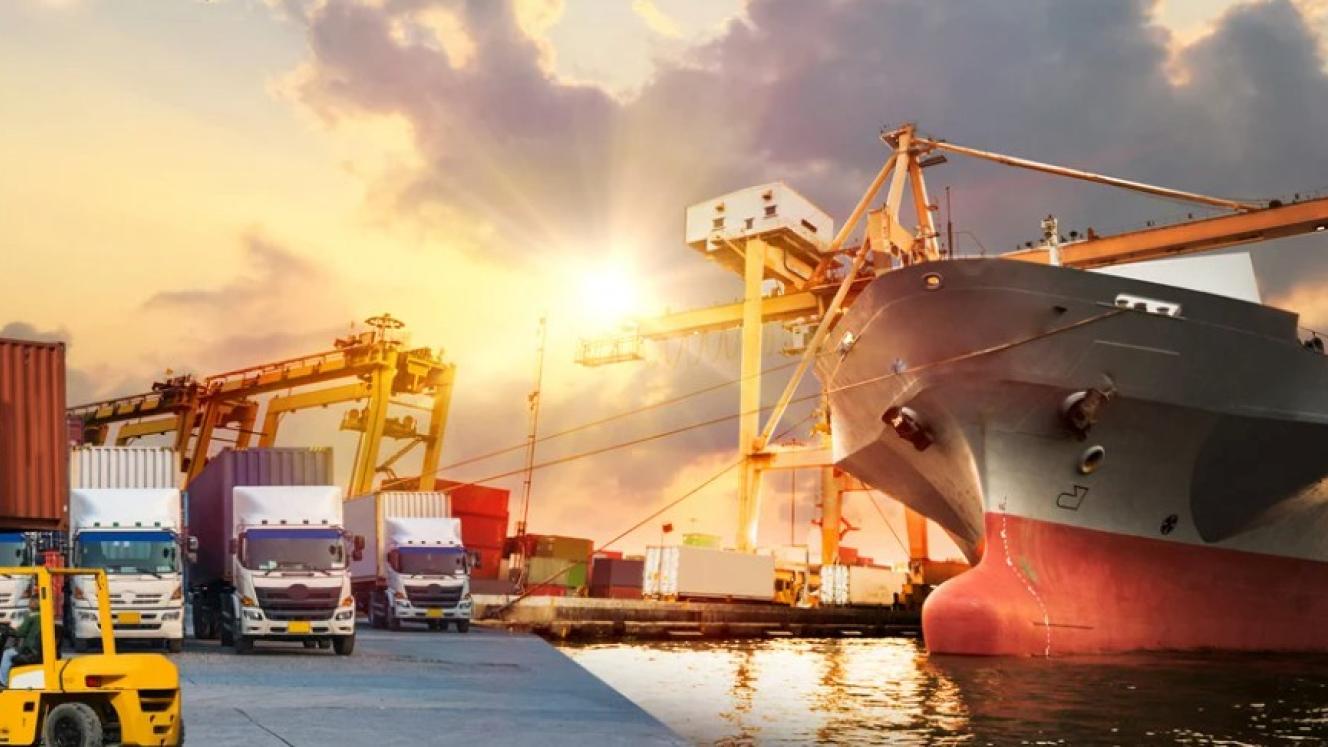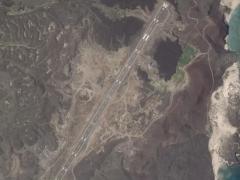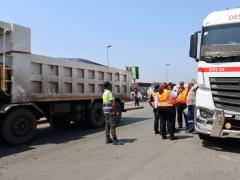Durban and Cape Town have solidified their positions as two of Africa’s most investable logistics and industrial markets, driven by resilience, adaptability, and strong investor appeal, according to a recent report by Cushman & Wakefield/BROLL.
These cities are capitalising on global trends like urbanisation, e-commerce, and supply chain reconfiguration, while navigating local challenges such as land scarcity and climate risks, the report notes.
In Cape Town, the industrial market is thriving, with rising rents and declining vacancies fuelled by ‘semigration’, operational stability, and constrained industrial land.
“Demand is being driven by a flight to quality, ‘semigration’ from other provinces and growing e-commerce,” Cushman & Wakefield/BROLL head of Western Cape industrial broking, Shane Howe said.
Strong governance and reliable infrastructure further position Cape Town as a low-risk investment node compared to Gauteng.
“The Cape market is supported by limited stock availability and escalating demand, especially for modern industrial parks,” Howe said.
Development hotspots like Brackengate and Richmond Park are expanding, while gentrification in older nodes such as Epping and Parow is unlocking new opportunities.
“Against this backdrop, investors and occupiers must thoroughly align business strategy with location and asset selection to ensure long-term sustainability,” Howe said.
Durban faces chronic land shortages and rising operational costs, creating a landlord-favoured market, the research found.
Cushman & Wakefield/BROL property practitioner Anthon van Weers said there had been no meaningful release of flat, flood-free land in over a decade.
“Most viable land is tied up in Tongaat Hulett’s portfolio, and development remains stalled by topography and financial constraints,” he said.
“This scarcity has driven vacancy rates to historic lows, with units, especially mini-units and large distribution centres (DCs), snapped up almost immediately,” Van Weers added.
Triple net rentals for A-grade DCs range between R105/m²–R110/m², with further escalation likely if supply remains tight. High municipal rates, however, double those of Cape Town or Johannesburg, are deterring some tenants.
Despite these challenges, Durban’s proximity to port infrastructure offers a cost advantage.
“Despite high costs, Durban is a low-risk investment market because of stable demand and long-term leases from logistics operators near the port,” Van Weers said.
Decentralised nodes like Cato Ridge, Shongweni and Tongaat struggle due to high logistics costs, but demand for mini-units and small-format warehouses (100sqm–500sqm) is surging as retailers shift to fulfilment-based models.
“Some retailers are closing stores and shifting to warehouse models to meet online demand,” he said.
Globally, Cushman & Wakefield has reported a 43% surge in logistics investment over the past decade, with e-commerce (up 289%) and third-party logistics driving demand.
South Africa mirrors this trend, with rental growth accelerating in high-demand, low-supply zones in Cape Town and Durban. Climate resilience is also critical, with Cushman & Wakefield’s Climate Risk report highlighting stronger lease uptake for assets in lower-risk zones. Locally, tenants, especially multinationals, prioritise resilience, water security, and energy independence, positioning Western Cape corridors and select Durban nodes as premium investment options.













